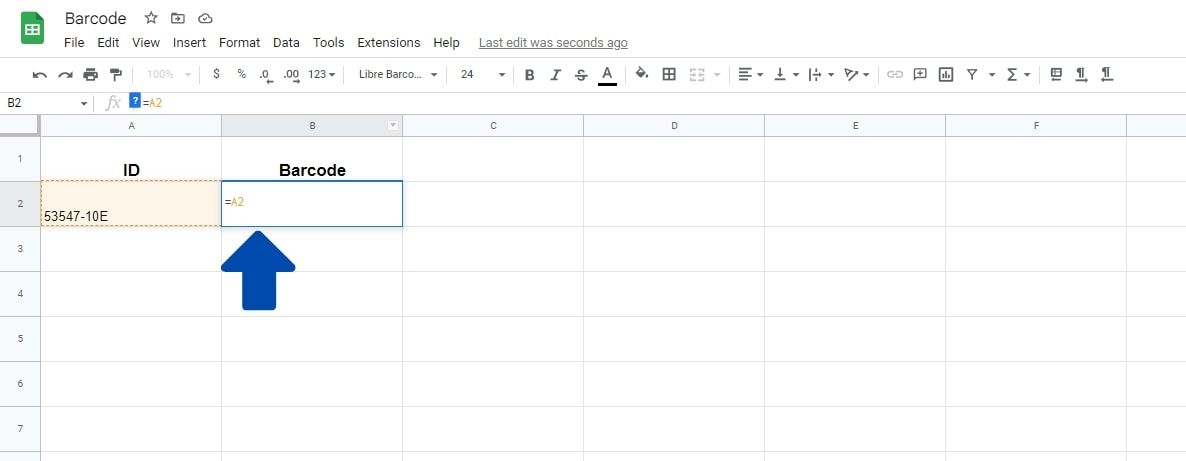
If you’ve got a data set with lots of duplicate values (names, numbers, etc.), getting a count of all the unique values is easy with the UNIQUE function in Google Sheets. You can learn more about the HYPERLINK function here. The formula =HYPERLINK(URL, LINK_LABEL) lets you quickly add the link destination and the anchor text. Inserting links into large sets of data can be a time-consuming task, but luckily Google Sheets has a quick solution with the HYPERLINK function. You can learn more about CLEAN here and TRIM here. The CLEAN function will remove any non-printable ASCII characters in a cell, and the TRIM function will remove any whitespace from the beginning and end of cells. CLEAN and TRIM functions can help clean these up. Having these additional white spaces can cause big headaches down the road when taking action with your data. Clean and Trimĭata sets often end up with extra characters and spaces when they’re being imported or copied and pasted. You can learn more about the SPARKLINE function from Google here. A simple formula of =SPRAKLINE(cell range) will create a sparkline in the cell below the data. Sparklines let you quickly and easily visualize data sets to see trends. You can learn more about IMPORTRANGE here. With this function, you only have to update data in a single sheet, saving time with big data sets. The IMPORTRANGE function of Google Sheets allows you to import data from one sheet into another. You can learn more about this function here. Google Sheets has an ISEMAIL function that lets you check if any cell is the correct format for an email with the formula =ISEMAIL(cell). If you’re using Google Sheets to collect or send a list of contacts, being able to quickly check that all emails are in the correct format and not listed as “.con” or missing other parts can save hours down the line. Learn more about Google Translate in your spreadsheet here. You can add =GOOGLETRANSLATE(cell) to any cell of the spreadsheet to automatically translate it. If you have cells in different languages, Google Sheets can translate them for you directly in the spreadsheet. You can find a complete list of Google Sheets keyword shortcuts for Mac and PC here. These keyword shortcuts will let you quickly execute tasks like formatting cells, navigating the spreadsheet, adding new sheets, editing notes and comments, adding formulas, and more. These can save you a ton of time once you’ve got them down. Like most Microsoft products, there are keyboard shorts in your Google spreadsheets. You can learn more about data validation and drop-down lists here. Using data validation in your Google spreadsheet lets you create drop-down lists within cells. Drop Down Lists and Data Validationĭata validation allows you to restrict the values that are entered into a particular cell. Learn more about Conditional Formatting in Google Sheets here. Rather than being part of the main ribbon, you can find the conditional formatting option in Google Sheets under the Format > Conditional Formatting. Google Sheets conditional formatting and color scale functions are different from Excel but let you accomplish the same outcome.

Whether you’re a daily Google Sheets user or diving in for the first time, these tips and tricks can help make your time in online spreadsheet land a little more efficient.

Regular Excel users might find themselves puzzled by the Google Sheets navigation and not know the platform’s full potential. While some may think of it as “Excel online,” Google Sheets is a very different product. Google Sheets is the Google Answer to Microsoft Excel and continues to grow in popularity. When the file opens, it will look the same as a Google Sheets file, except that the filename will have the extension. This may take a few moments while Google Sheets reads the file Step 3 Otherwise, use the search bar at the top of Google Drive to find the fileĭouble click on the file to open it.

If you know what folder it’s in, you can navigate to that folder. Locate the Excel file in your Google Drive. Once you have an Excel file in Google Drive, here’s how to Open it with Google Sheets: Step 1

The Excel file will be uploaded to your Google Drive In the File Upload dialog, navigate to the location the Excel file you want to open on your local harddrive, select the file and click the Open button Select File Upload from the menu that appears Step 4 Navigate to in your web browser and sign in to your google account if needed Step 2Ĭlick on the New button in the upper-left corner under the Drive logo In order to open Excel files in Google Sheets, you’ll need to have them in Google Drive


 0 kommentar(er)
0 kommentar(er)
